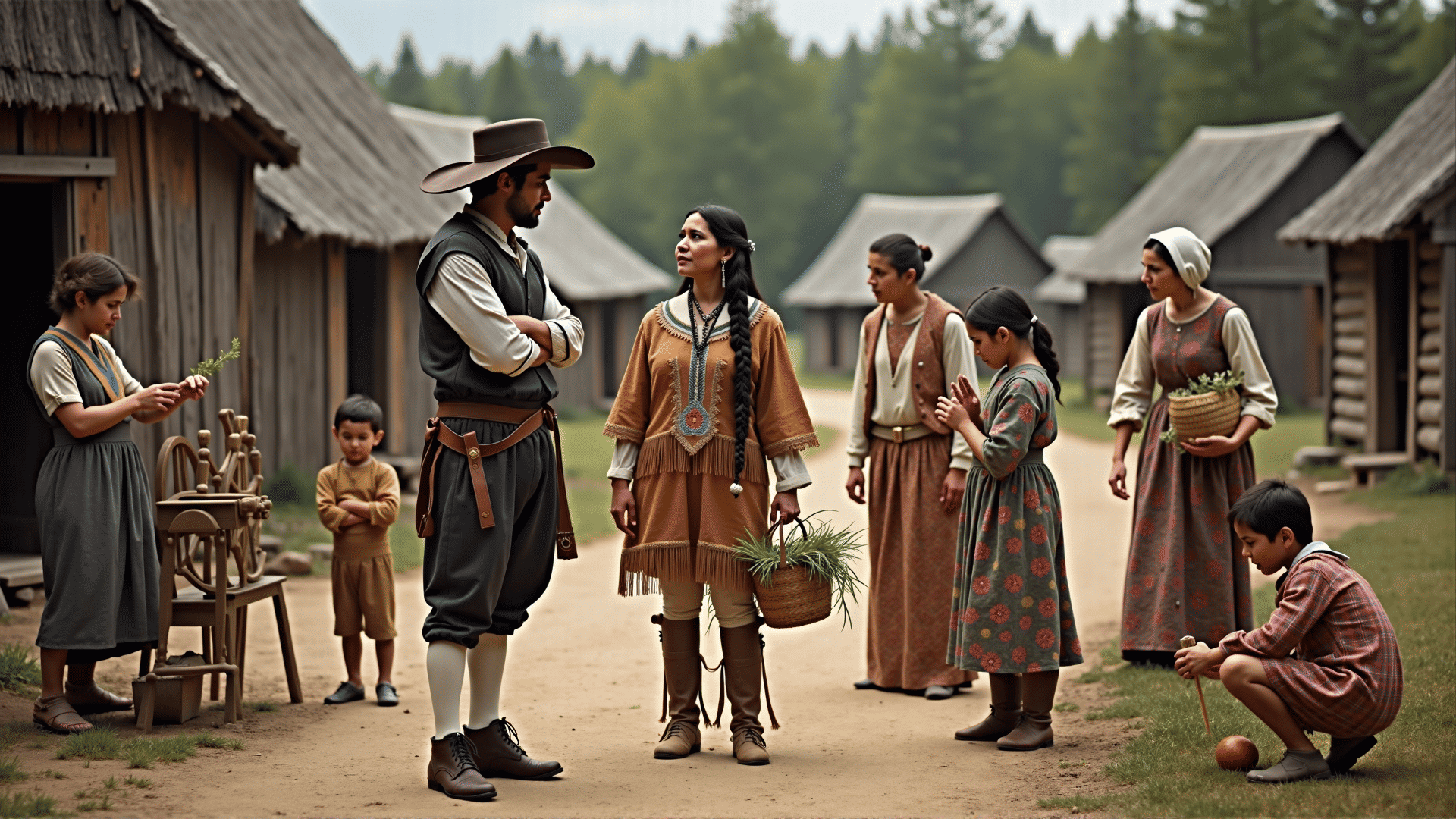During the colonial era in America, clothing was more than just functional; it represented cultural exchanges and adaptations. The garments of early settlers and indigenous populations were deeply influenced by their European origins and Native American interactions, resulting in a unique fusion that gradually evolved with time.
For men, attire in the colonies often consisted of breeches, waistcoats, and coats. These pieces were inspired by European fashion but were adapted for practicality in the new environment. Wool, linen, and cotton were common materials, chosen for their durability and availability. Breeches were typically knee-length and paired with stockings, while waistcoats (similar to vests) were often worn under coats. The coats themselves were long and fitted, designed to provide warmth during harsh winters.
Women's clothing in the colonial period showcased a distinct blend of practicality and modesty. Gowns were layered, including petticoats, stays (a precursor to the corset), and a gown or dress on the outer layer. Fabrics such as linen and wool were common, though silk was also used for special occasions. They adhered to largely European styles but over time began to adapt more practical shapes and new patterns.
Beyond European influences, indigenous tribes also left a significant mark on colonial clothing. Early settlers adopted moccasins from Native Americans, finding them ideal for navigating the varied American terrain. Indigenous methods of tanning hides and creating durable, weather-appropriate clothing provided inspiration and practical techniques that were incorporated into colonial dress.
A significant influence came from the colorful and intricate beadwork and embroidery seen in Native attire, which inspired decorative elements in colonial fashion. The blending of these styles is a testament to the cultural exchange between settlers and the native peoples.
Children's clothing during this time was largely reflective of adult styles, with minor adjustments for size and ease of movement. As children grew, their garments were often fashioned from repurposed adult clothing or handcrafted with practicality in mind.
The evolution of American fashion during this period illustrates a broader story of adaptation and survival. Drawing on the practical knowledge of indigenous populations and the traditional styles of their own heritage, early Americans crafted a distinct sartorial identity that set the foundation for future generations.
As the colonies grew and diversified, so too did the styles of the day, leading to a uniquely American take on dress that continued to evolve well into the later years. This fusion of influence and necessity highlights the resourcefulness and creativity of those who lived in early America, providing an enduring legacy in the nation’s cultural history.
